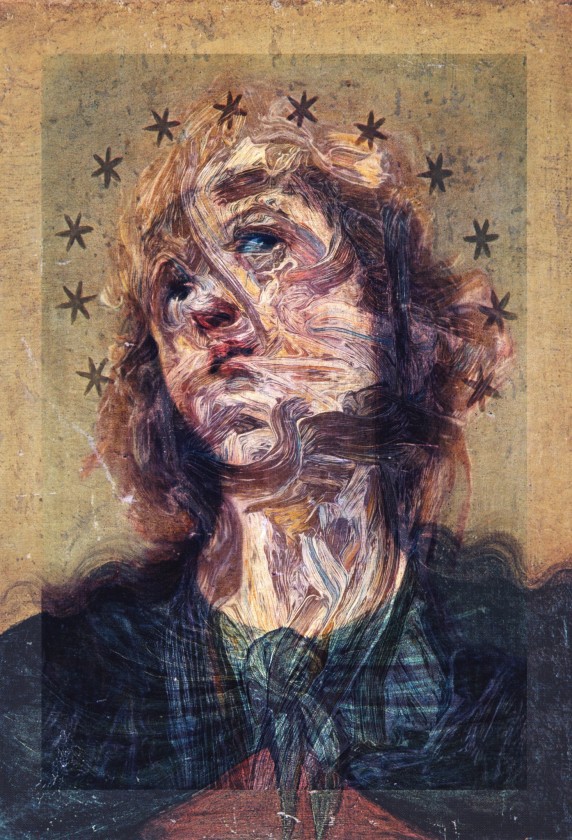The Immediacy of Paint: Surface: Waterfront Gallery, University of Suffolk, Ipswich, Suffolk, England
CHRIS HAWTIN, GLENN BROWN, KIM ANNO, MATTHEW HRISHANU, ROBERT PRISEMAN AND SHAUN CAMP
Surface is the supportive exhibition for the symposium The Immediacy of Paint; Surface.
There are many internationally recognised artists living in the East of England and those with links to the region whose main practice is painting. It has been the intention of the symposium and this accompanying exhibition to build upon this resource and establish a platform for bringing together networks in order to further the dialogue surrounding painting through questioning how surface is mediated with current technologies.
This exhibition includes artists who are each questioning surface through material or immaterial aspects while employing their own unique visual language both through their praxis and artistic position. Surface is a broad subject and with this in mind the ever-expanding boundaries of contemporary painting practice are explored by this distinguished group of artist through their works.
The artworks featured in Surface reflect varying concepts about surface through both painting, digital imagery, or a hybrid of both. While some artists are firmly rooted in the physical and material aspects of painting they are still embracing digital technologies to mediate surface through their materials. While others are utilising new technologies to incorporate the material and the digital.
Artist such as Chris Hawtin have utilised new methods of image making by employing 3d scans and architectural modelling programmes to explore ‘the language of the painted surface.’ Hawtins writes ‘The digitally generated structures are a brutal interruption within the paintings yet they are subsumed into the language of the painted surface, playing with the classic science fiction image of the alien invasion.’ Hawtin’s use of digital imagery and scans are integral to his image making resulting in hybrid approach. While Hawtin’s hybrid approach is heavily immersed in the material aspect of paint, digital elements are integral in his visual language and image making.
For example in the work Battle, exemplifies Kim Anno’s ability to form fluid blurs on surfaces of photographic imagery. In which Anno diffuses photographic imagery with diluted painted marks of transparent and opaque colour holding the viewer’s gaze so they are able to absorb its figurative and abstract components simultaneously. These works speak of obliteration and alteration, especially in Battle which uses historical images, in this case a photograph of the engraving of The Lion Hunt (1836) by Horace Vernet. Anno work focuses changing landscape due to climate change and the use of this image of violent figures frozen in action during a hunt reminds the viewer of acts against nature.
Glenn Brown is widely acknowledged as one of the most revered and prominent painters in the world today. Brown’s work demonstrate a unique visual language that questions the history and traditions of painting, notions of originality and the nature of reproduction, while revealing an immeasurable knowledge of paint and it’s materiality. Browns ability to imply a surface through a flat glossy rendering challenges belief and his visual questioning makes us aware, amongst other things, of what impacts and interferes with how we, the viewers, visually comprehend painting in the digital age.
In considering that similar if not the same digital image making, editing and printing tools are utilised in both photography and painting, how has the visual language of artists today been imbued by digital elements. This then leads to questioning how pigment versus pixel are compared when considering surface and visual language.
Artist Shaun Camp’s practice is predominantly focused on digital imagery which leads us to question how surface and image making is addressed, both in practice and conceptually. Camp’s work sits within the realm of photography other than painting yet at its core is about image making. There are painterly and abstract elements in Push IV and Push III, which through their ambiguity becomes shapes and forms hinting at an unknown landscape. Through a painterly and abstractive lens these images have a material presence which disrupts imagined spaces and surfaces.

